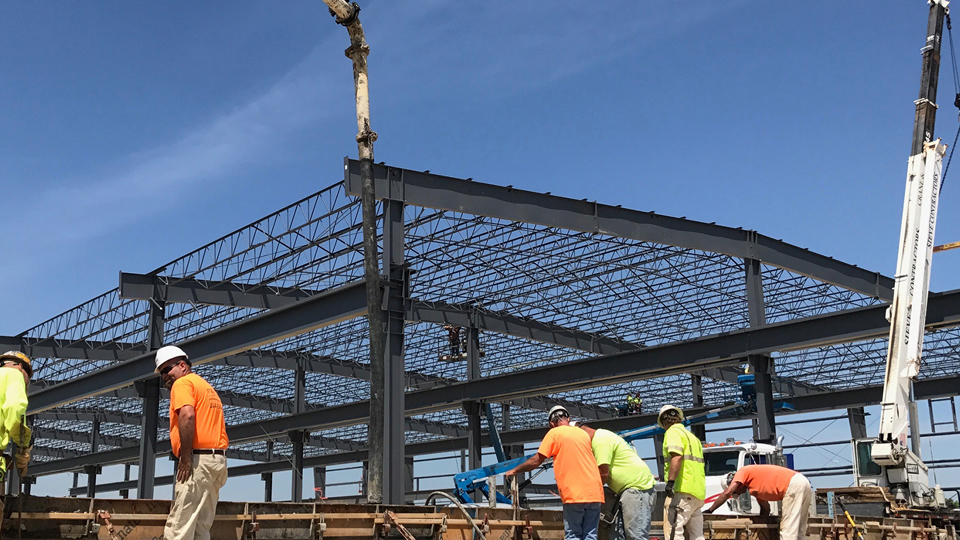As our world rapidly grows and develops, so does the demand for high-quality and sustainable construction materials. From towering skyscrapers to sturdy bridges, these materials are the very foundation of our built environment. Without them, our modern cities and infrastructure would not exist. In this article, we will take a closer look at some of the most commonly used belt conveyor supplier and their importance in the building process.
Concrete is perhaps the most widely used construction material in the world. Made from a mixture of cement, aggregate, water, and other additives, concrete has been a staple in construction for centuries. Its durability, strength, and versatility make it suitable for a wide range of applications. From buildings and roads to dams and bridges, concrete is an essential building block in shaping our physical world.

Steel is another integral construction material that is widely used for its strength and durability. As a strong and flexible metal, steel is ideal for use in high-rise buildings, bridges, and other structures. It is also highly resistant to corrosion, making it a popular choice for buildings located in harsh environments. Another benefit of steel is that it is 100% recyclable, making it a sustainable option for construction projects.
Masonry, which includes materials such as brick, stone, and concrete blocks, has been used in construction for centuries. These materials offer durability and a distinctive aesthetic appeal, making them popular choices for buildings with historical significance. Furthermore, masonry has excellent thermal and acoustic properties, making it an ideal option for insulating buildings.
Wood is another traditional construction material that is still used extensively today. Its natural warmth, beauty, and renewable nature have made it a popular choice for building homes, furniture, and decorative elements. Wood is also relatively lightweight and easy to work with, making it a preferred material for non-load bearing structures and interior finishes. However, concerns about deforestation and the need for sustainable building practices have led to the development of alternative wood products such as engineered wood and bamboo.
Glass is another essential construction material that has revolutionized the way we build. Thanks to advancements in technology, glass can now be made into stronger, more durable, and energy-efficient materials. Today, glass is used not only for windows but also for entire building facades, allowing for more natural light and a modern aesthetic. Additionally, glass is highly recyclable, making it a sustainable option for construction projects.
The importance of insulation cannot be overstated in the construction industry. Insulation materials such as fiberglass, cellulose, and foam help to trap heat or cold inside a building, providing energy efficiency and reducing heating and cooling costs. These materials are essential for creating comfortable and sustainable living and working spaces, especially in harsh climates.
Next, we have roofing materials, which provide the essential protective covering for our buildings. From traditional asphalt shingles to modern metal and solar roofing, these materials are critical for keeping out the elements and maintaining a comfortable indoor environment. Roofing materials not only protect the building but also contribute to its overall aesthetic. With the growing trend of green building, sustainable roofing materials such as solar panels and green roofs are gaining popularity.
Finally, we have composite materials, which are a combination of two or more materials to create a stronger and more versatile product. These materials often offer the best of both worlds, such as the strength of steel and the resistance of concrete. Composite materials are used in a variety of construction applications, including bridges, roadways, and building elements such as cladding and panels.
In conclusion, construction materials are the backbone of our built environment, shaping the cities and structures we live and work in. From traditional materials like wood and stone to modern advancements like concrete and glass, each material has its unique characteristics and plays a vital role in the building process. With the increasing focus on sustainable building practices, the use of environmentally friendly materials is also on the rise. As our world continues to evolve, so will the materials we use to build it, paving the way for a more innovative, efficient, and environmentally friendly construction industry.